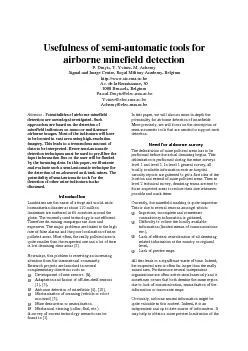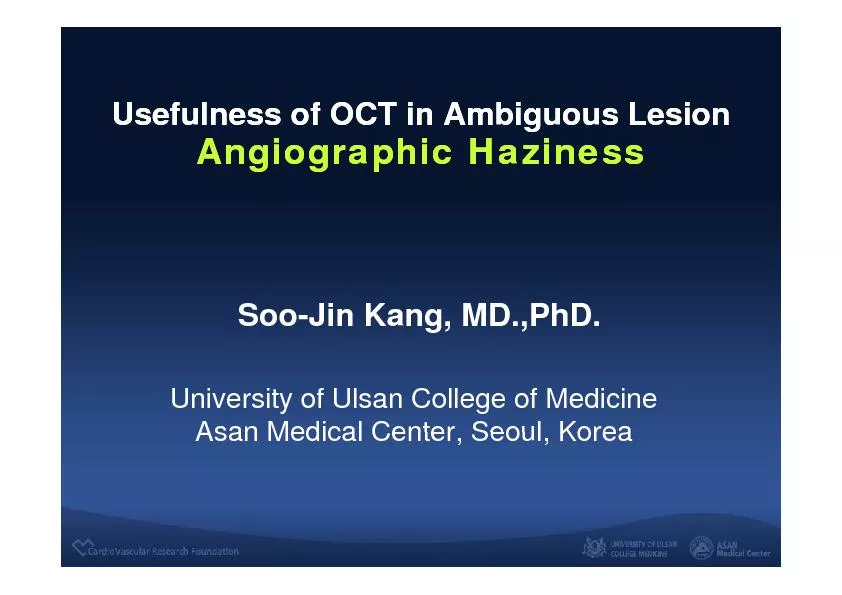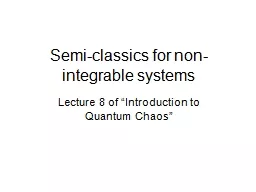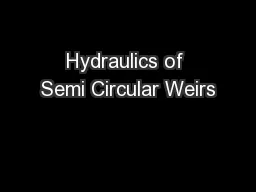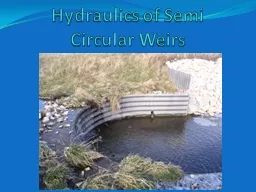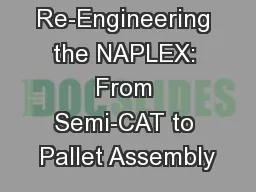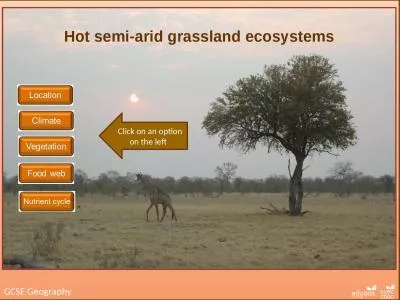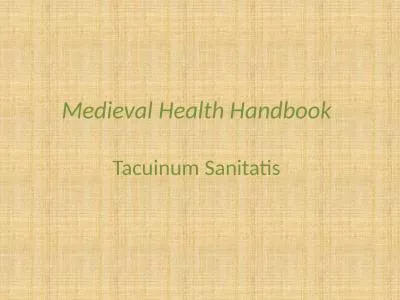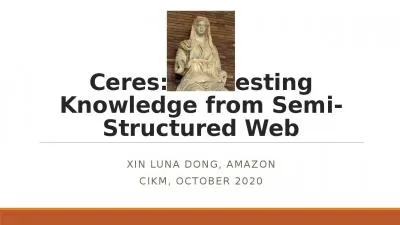PDF-Usefulness of semi-automatic tools forairborne minefield detectionP. D
Author : mitsue-stanley | Published Date : 2015-09-06
polluted areas As a byproduct such data allows toupdate the existing old and inaccurate mapsIt is unlikely that airborne survey might replace onfield detection in
Presentation Embed Code
Download Presentation
Download Presentation The PPT/PDF document "Usefulness of semi-automatic tools forai..." is the property of its rightful owner. Permission is granted to download and print the materials on this website for personal, non-commercial use only, and to display it on your personal computer provided you do not modify the materials and that you retain all copyright notices contained in the materials. By downloading content from our website, you accept the terms of this agreement.
Usefulness of semi-automatic tools forairborne minefield detectionP. D: Transcript
Download Rules Of Document
"Usefulness of semi-automatic tools forairborne minefield detectionP. D"The content belongs to its owner. You may download and print it for personal use, without modification, and keep all copyright notices. By downloading, you agree to these terms.
Related Documents

